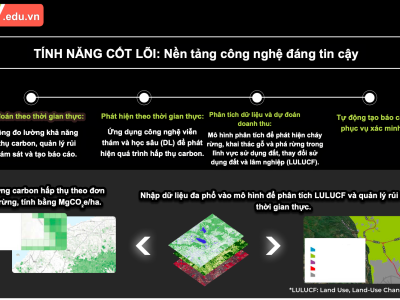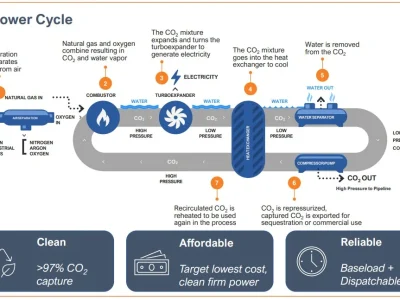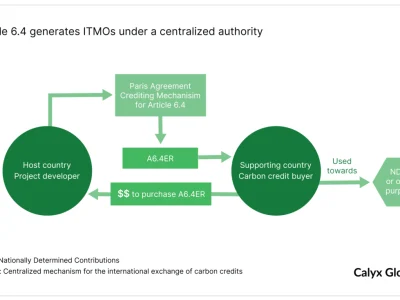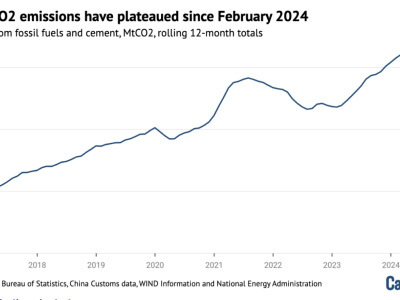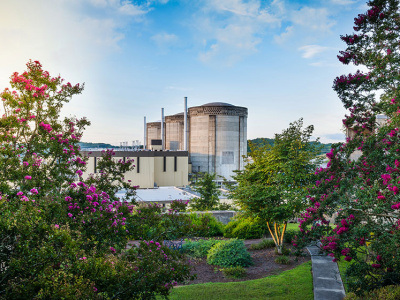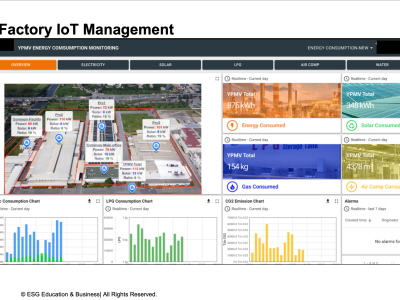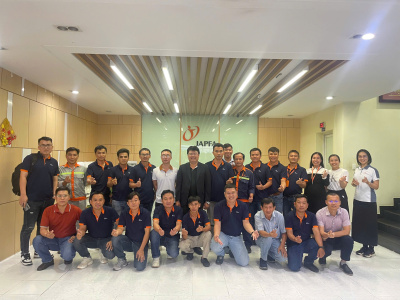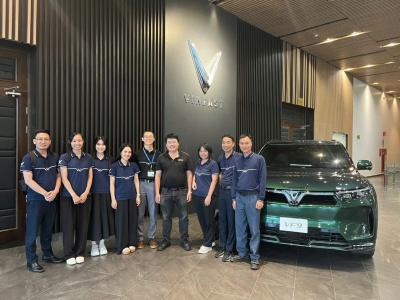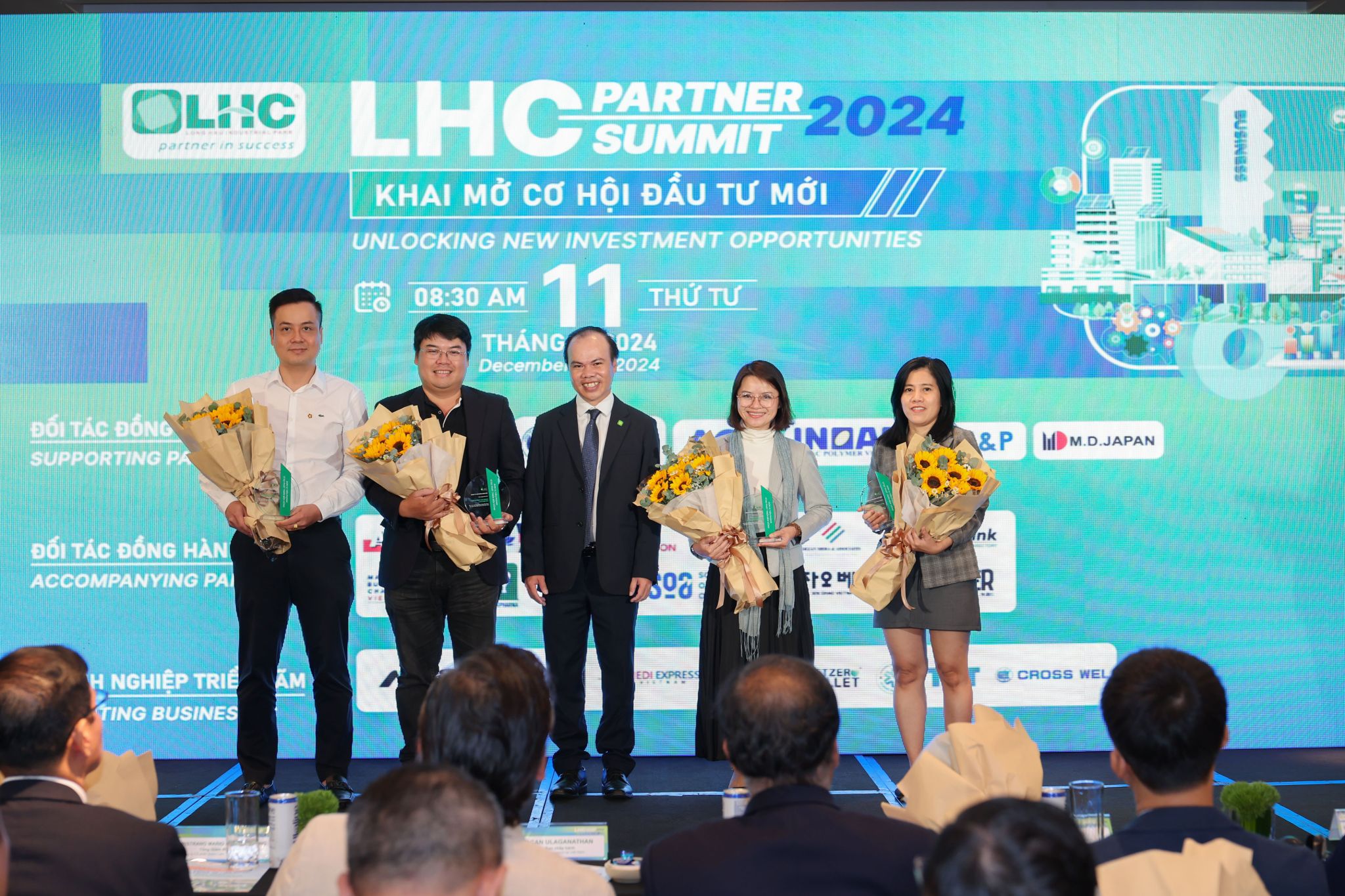 Chuong trinh dao tao
Chuong trinh dao tao
Caged fish farming on hydropower reservoirs creates sustainable livelihoods in mountainous districts
In Thanh Hoa, the model of cage fish farming on hydropower reservoirs is opening up new economic development opportunities for mountainous districts. By taking advantage of the available water surface, people not only have more stable livelihoods but also contribute to the exploitation of natural resources in a sustainable and environmentally friendly way.
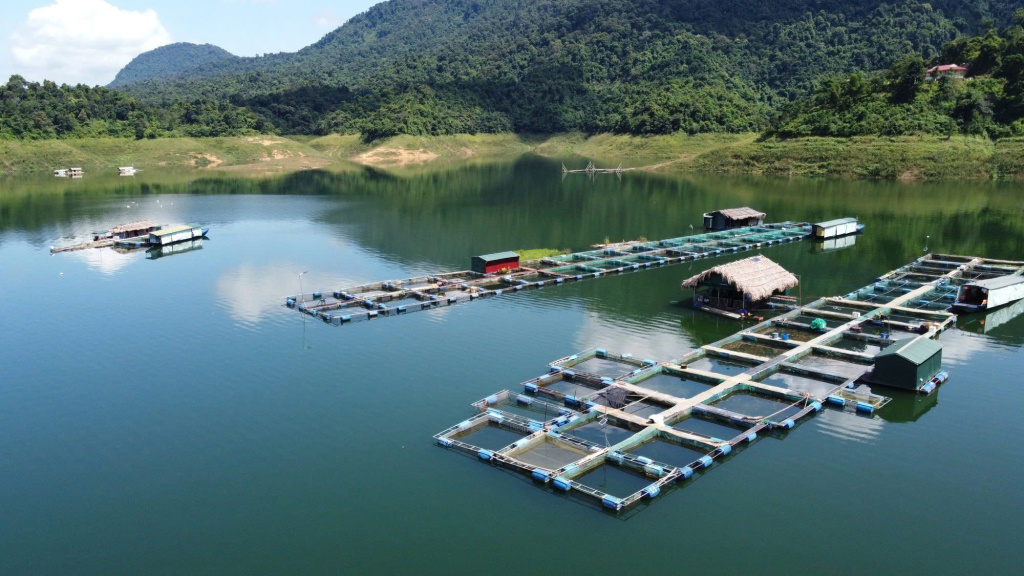
Thanh Hoa has developed over 1,670 fish cages on irrigation and hydropower reservoirs, with a total volume of over 72,700 m3.
Awakening the potential of “green gold” from the bed of the hydropower reservoir
In the context of integration and development, the effective exploitation of the available potential in each locality plays a key role in promoting economic growth and improving the quality of life of the people. In mountainous and midland provinces, abundant water sources from irrigation reservoirs and hydropower are being exploited effectively through the cage fish farming model, gradually affirming its feasibility and sustainability.
Typically, Mr. Lo Van Minh’s family (Pieng Pho village), a pioneer in applying the model of raising a variety of fish species such as grass carp, black carp, monosexual tilapia and catfish. Not only stopping at the knowledge from the training classes, Mr. Minh also actively researched through books, newspapers, the internet and boldly experimented with lentils – a fish with fast growth rate, few diseases and high economic value. Thanks to his diligence and eagerness to learn, after just one year, his family’s economy has undergone significant changes, getting rid of the precarious income from rice cultivation and farming.
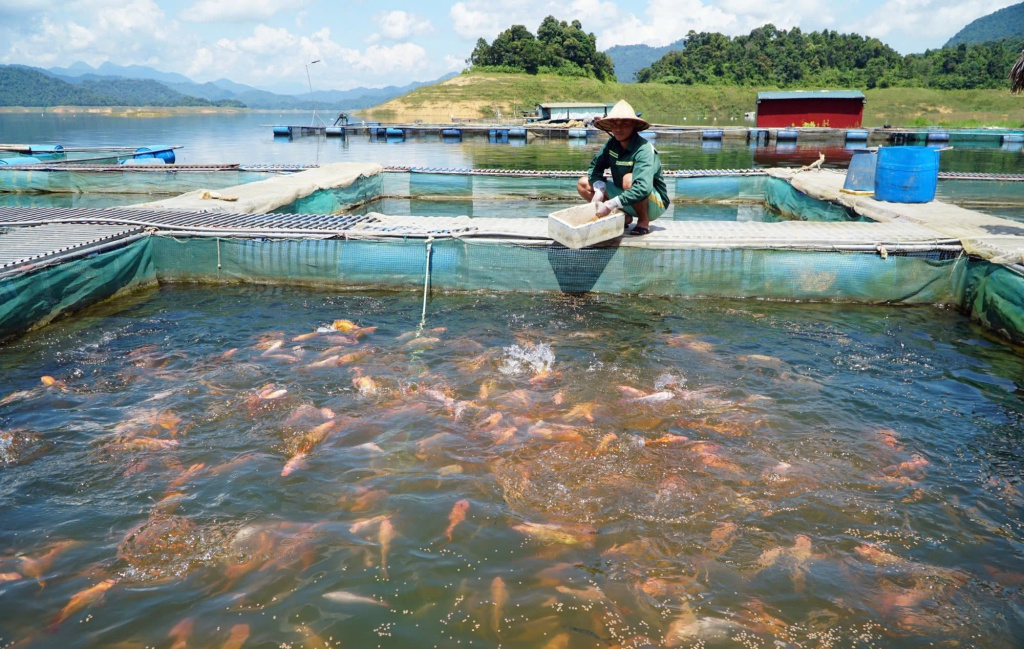
The model of cage fish farming in the hydropower reservoir in Thanh Hoa has contributed to creating sustainable livelihoods for households.
Sharing about the journey of starting a business, Mr. Lo Van Minh said: “In the past, the family’s life mainly relied on rice cultivation, farming, and precarious income. Since the hydropower reservoir was established, I have boldly invested in making fish cages. Thanks to the application of the knowledge learned, after just one year, the family economy has changed markedly.”
In order to create a solid foundation for cage fish farming, the government of Trung Xuan commune has established a cage fish farming cooperative group, supporting people from the stage of selecting breeds, applying techniques to connecting the consumption market. In addition, the unsecured capital from the Transaction Office of the Bank for Social Policies of Quan Son district has created favorable conditions for households to access financial resources and expand production scale. Up to now, the whole commune has about 80 farming households with 90 cages, the output of commercial fish reaches about 15 tons/year, bringing an estimated revenue of 1.5 billion VND.
From small-scale model to large-scale concentrated farming ar
In Quan Hoa district, especially in the Trung Son hydropower reservoir area, the cage fish farming model is also developing strongly. Previously, people here mainly exploited natural fisheries by the extermination method, causing a significant impact on ecological resources. However, thanks to active propaganda and advocacy from local authorities, people have gradually shifted to aquaculture in a more proactive and sustainable direction.
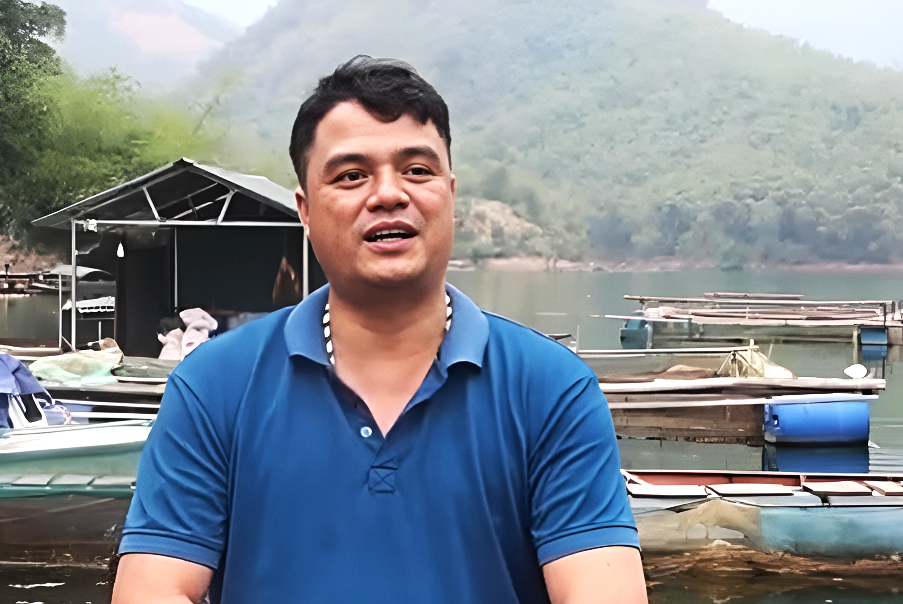
Mr. Nguyen Bien Cuong, Director of Trung Son Veterans Aquaculture Cooperative (Trung Son commune, Quan Hoa district) excitedly shared about the results achieved when raising caged fish.
Mr. Nguyen Bien Cuong, Director of Trung Son Veterans Aquaculture Cooperative (Trung Son commune, Quan Hoa district), shared excitedly: “From only knowing about natural fishing, many people in Trung Son lake are now used to raising caged fish. Currently, the lake area has nearly 50 households participating with more than 110 fish cages, creating jobs and a stable source of income for dozens of families.”
Mr. Cuong also proudly mentioned pioneers like him: “Typically, Nguyen Bien Cuong in Ta Ban village, although initially faced many difficulties in terms of technique and choosing the location of the cages, but thanks to my determination, I expanded from 2 cages to 9 cages. Every year, I harvest about 5-6 tons of carp, carp, black mausoleum, and mausoleum, bringing in a revenue of about 180 million VND. As a result, my family’s life has been stable and has better economic conditions.”
Mr. Ngo Sy Tam, Secretary of the Party Committee of Trung Son commune – affirmed: “Caged fish farming on Trung Son hydropower reservoir has effectively exploited the water surface, helping to improve income for people. In the coming time, the commune will continue to encourage the expansion of the model, strengthen the management of farming areas, protect the environment and build local specialty fish brands.”
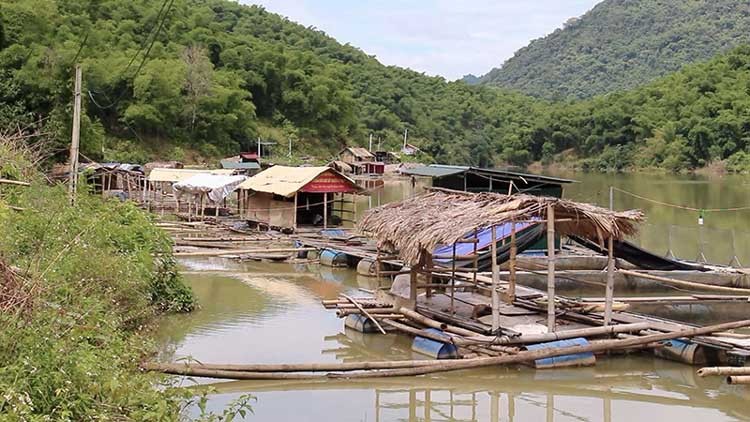
In order for product output to be stable, many cooperatives have actively linked with restaurants and tourist areas for consumption.
Not only in Quan Son and Quan Hoa, the cage fish farming model is continuing to spread in the mountainous district of Ba Thuoc. In recent years, people here have invested in developing the profession in the direction of commodity production. The People’s Committee of Ba Thuoc district has organized technical training classes, instructions on selecting breeds, stocking fish at the right density, caring for and cleaning cages to ensure the habitat for fish and prevent diseases. The whole district currently has nearly 105 households participating with hundreds of fish cages operating effectively, showing a marked change in people’s production mindset.
In order to develop cage fish farming into a key economic sector, on December 28, 2022, Thanh Hoa Provincial People’s Committee issued Decision No. 4716/QD-UBND, approving the project to develop cage fish farming in the period to 2025, with a vision to 2030. Accordingly, by 2025, the whole province strives to reach 200 hectares of farming area with 3,700 cages, an output of 6,650 tons of fish, creating jobs for more than 5,800 workers. By 2030, the farming area is expected to increase to more than 310 hectares, with an increasingly professional and sustainable scale of commodity production.
It can be seen that raising caged fish on hydropower reservoirs not only opens up new livelihoods, improves income for people in mountainous areas, but also is an effective solution to the problem of economic development associated with natural resources and environmental protection. In order for this model to really promote long-term effectiveness, it is necessary to continue to invest synchronously in infrastructure, varieties, technology, and at the same time build a sustainable consumption chain. When people, authorities and businesses join hands, cage fish farming promises to become the spearhead of the rural economy, bringing Thanh Hoa mountainous localities to rise out of poverty and get rich right in their own homeland./.


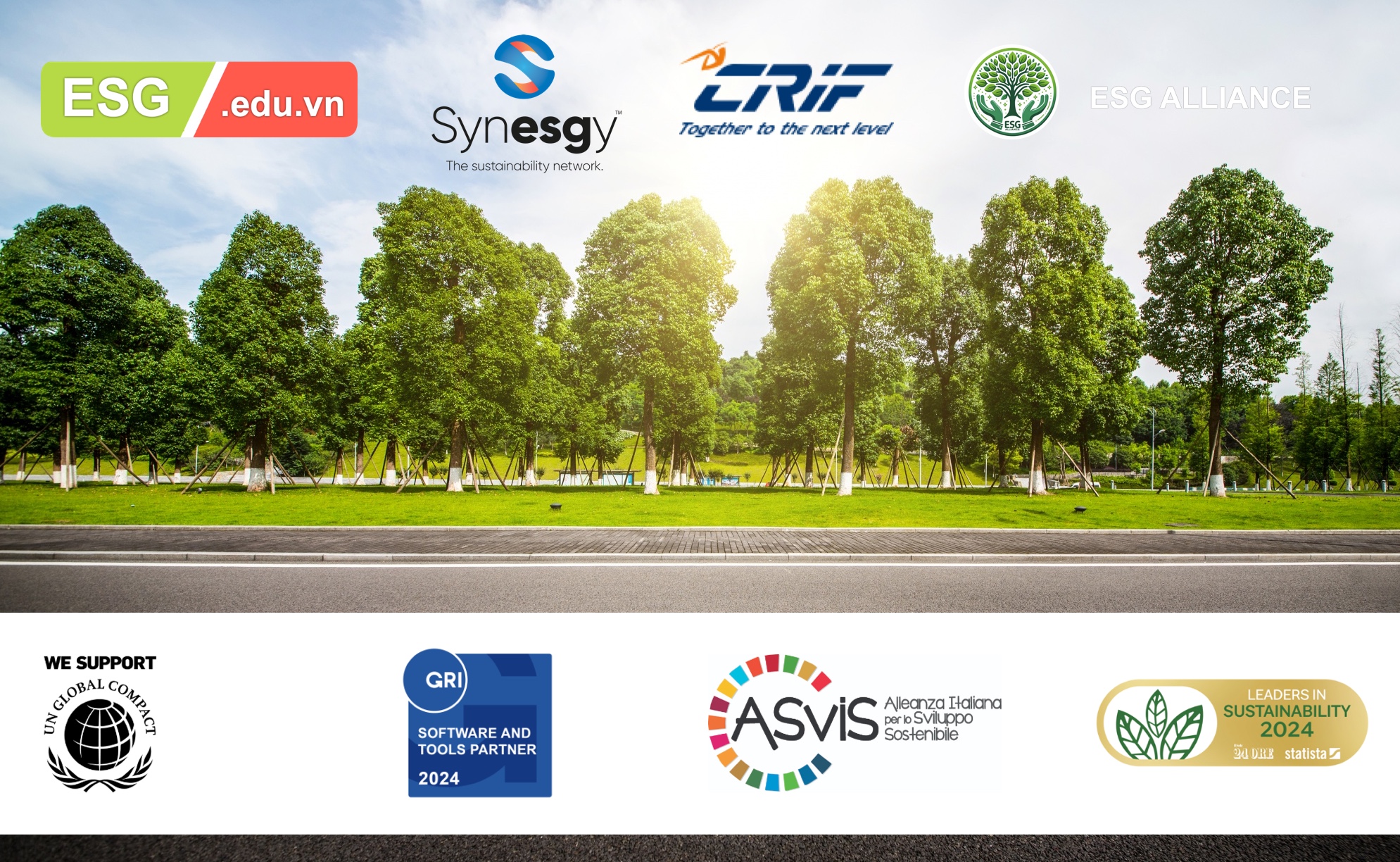








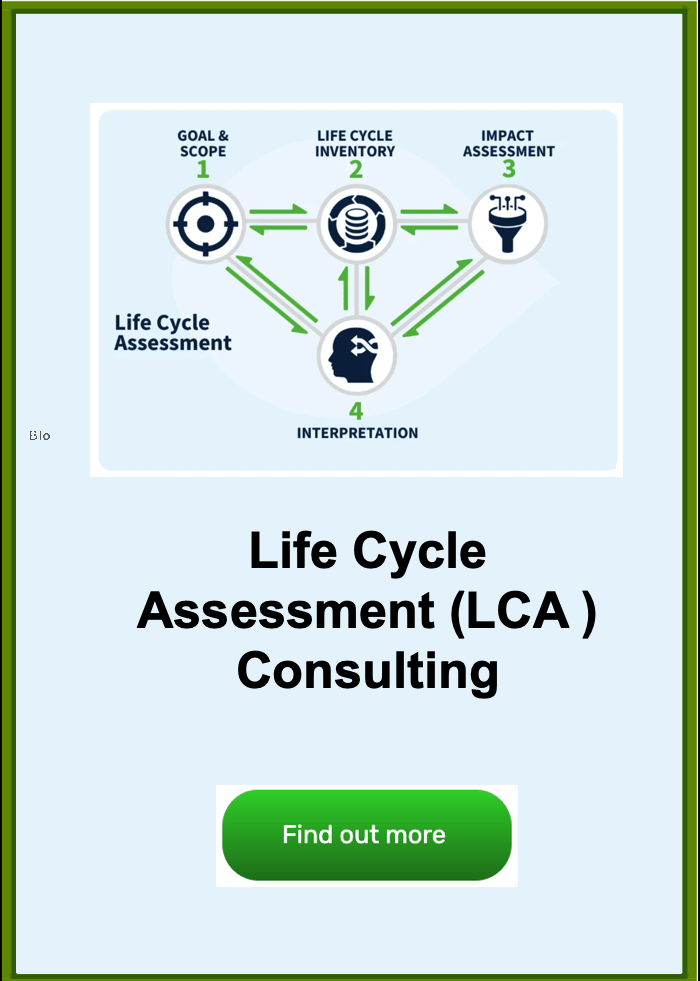
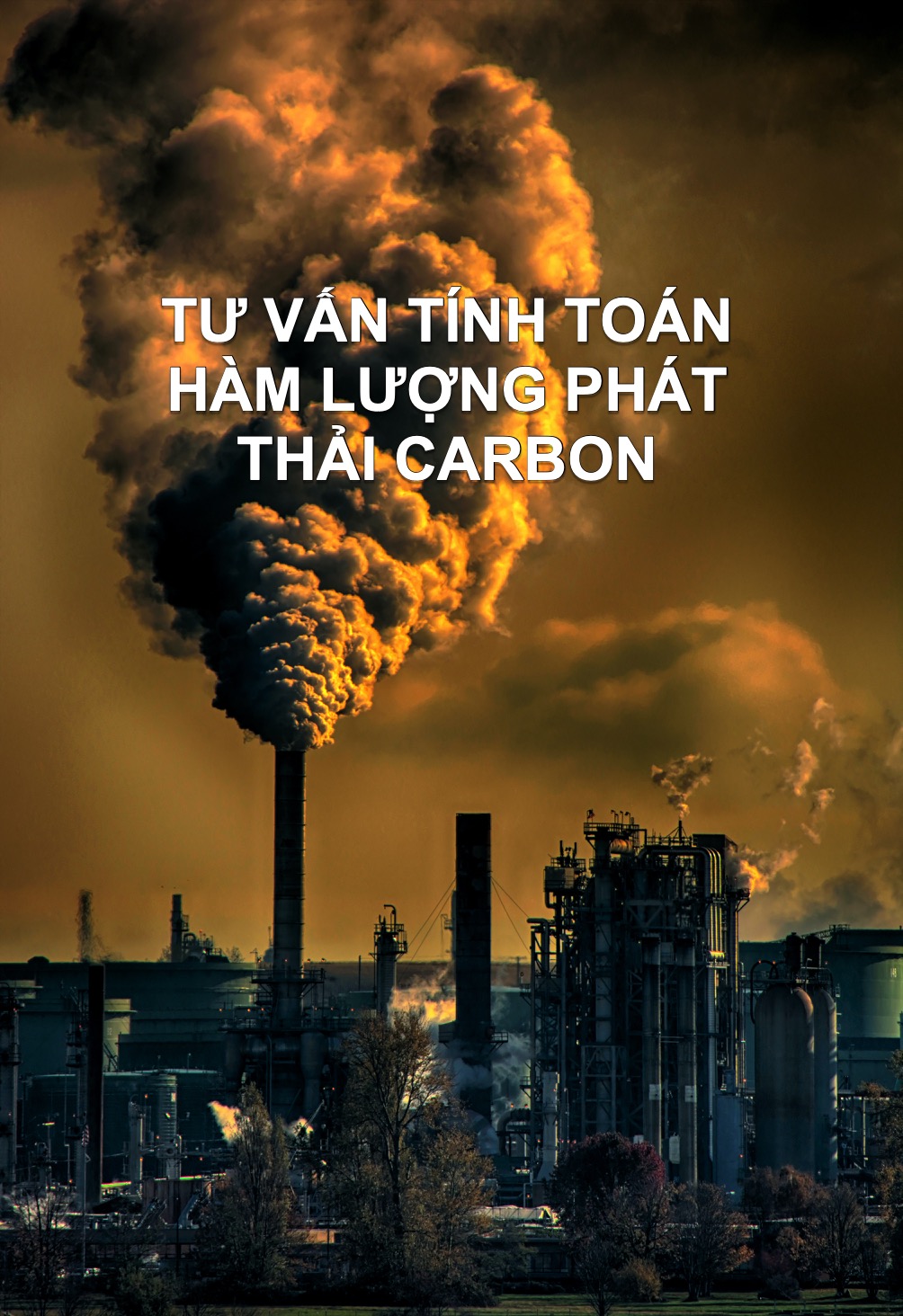
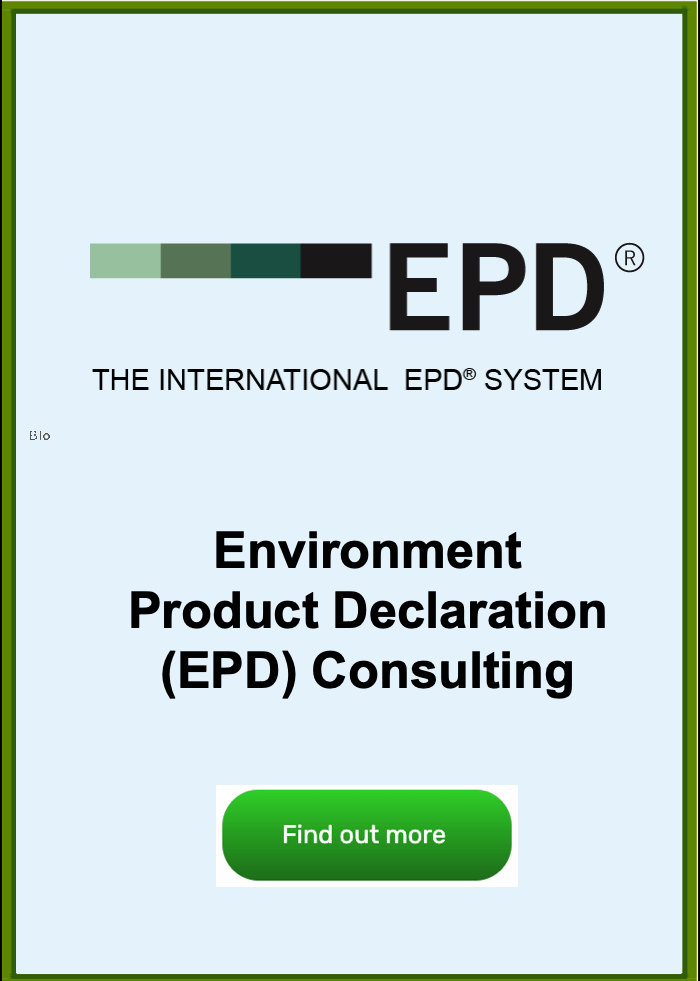
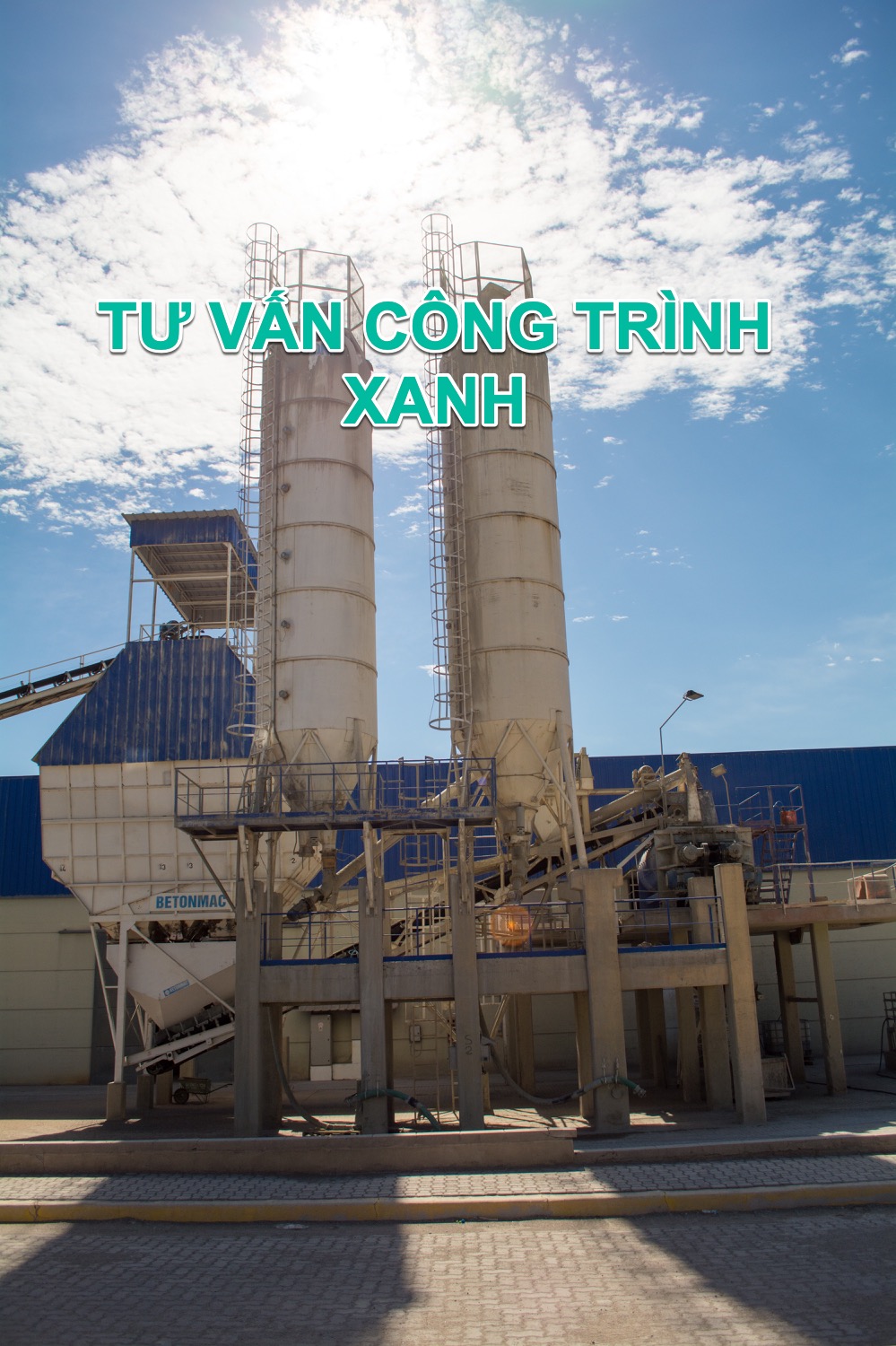
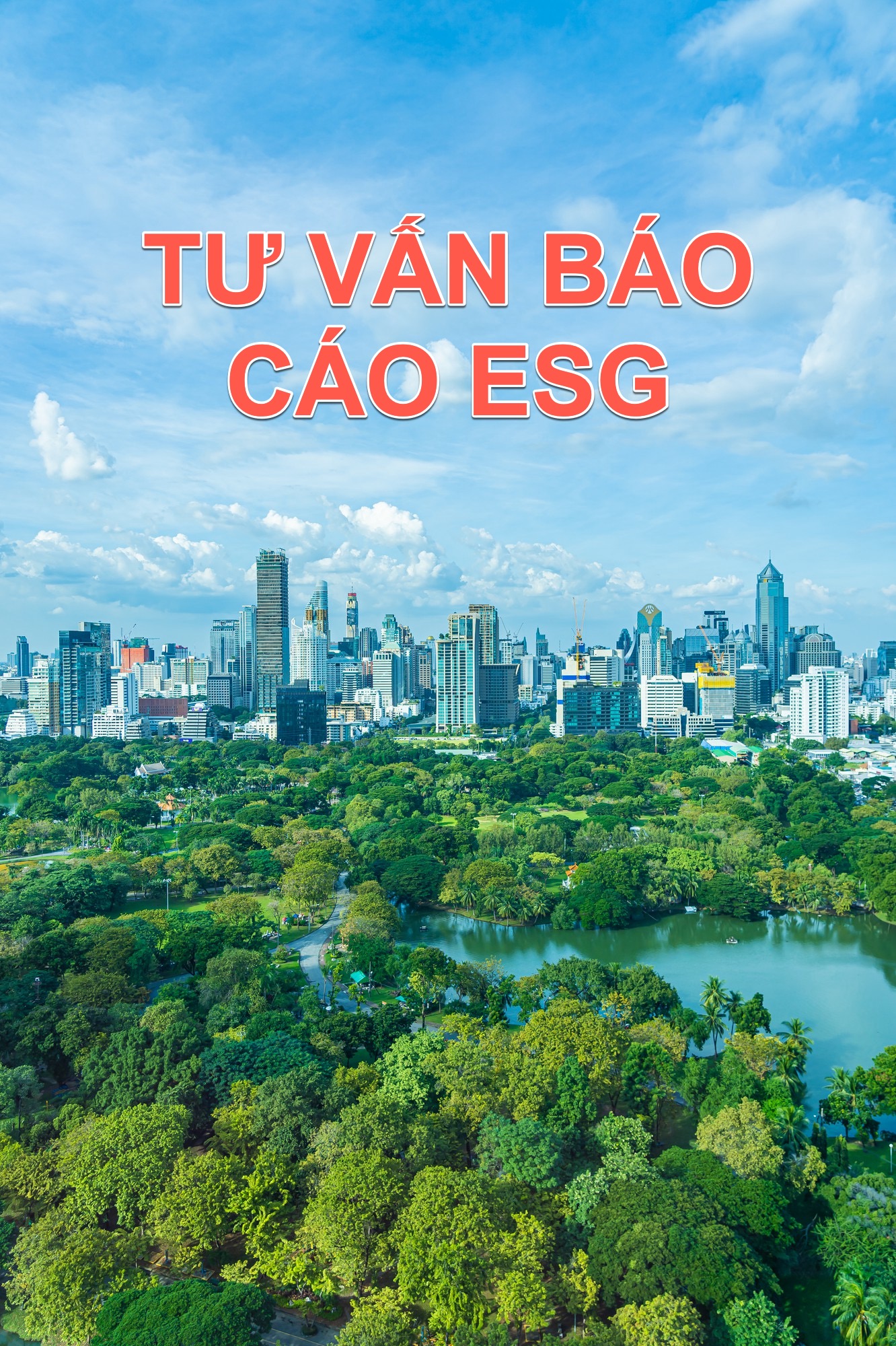
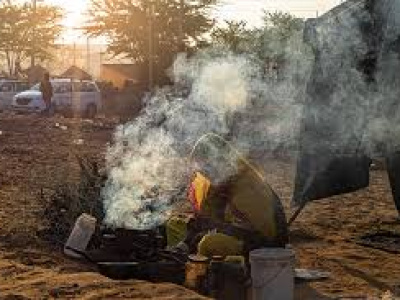
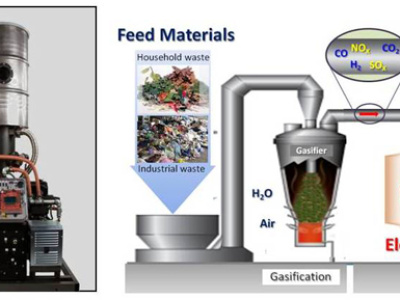
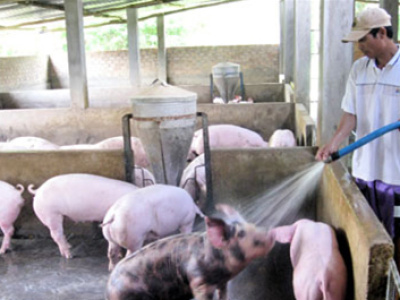
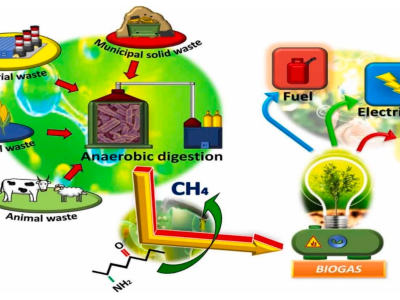
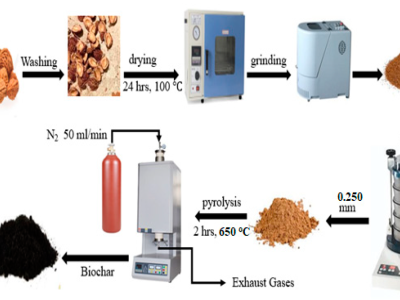
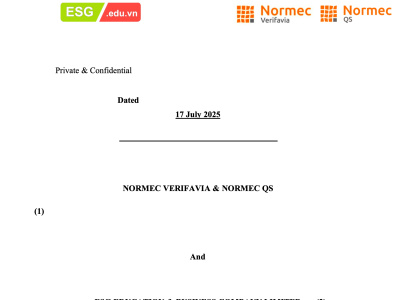
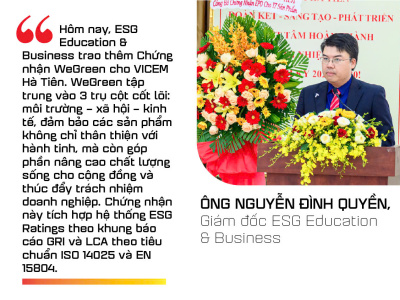
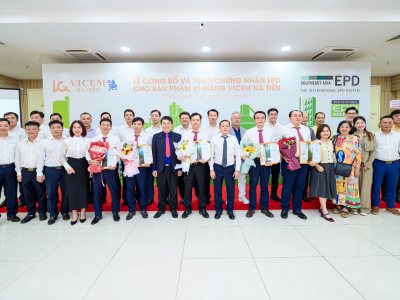
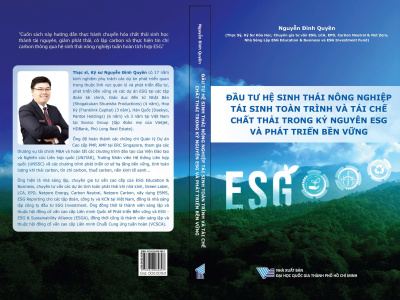

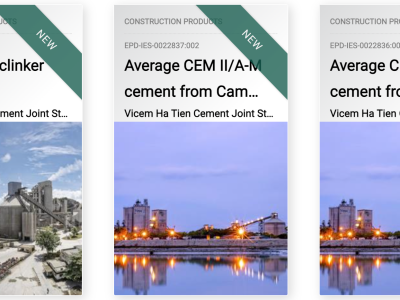
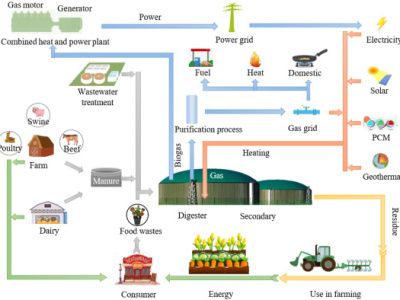
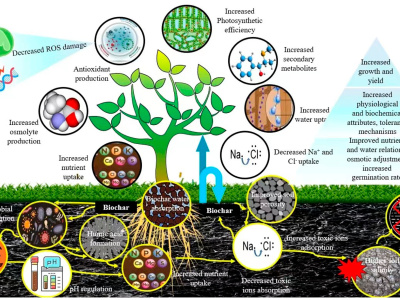
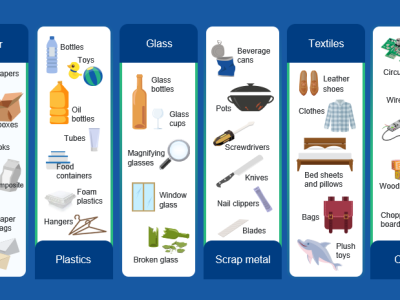
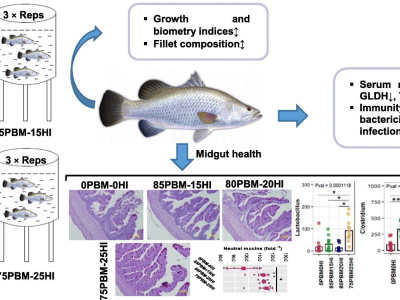
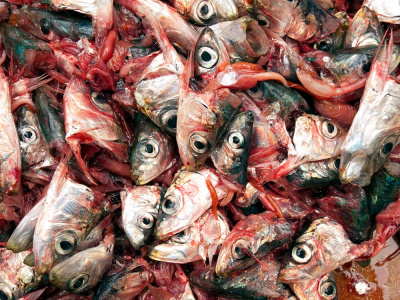
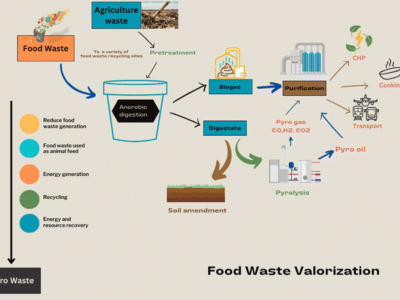
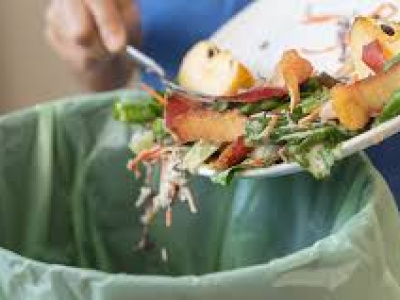
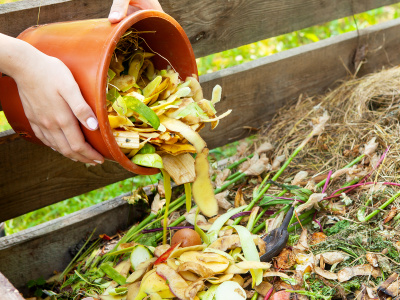
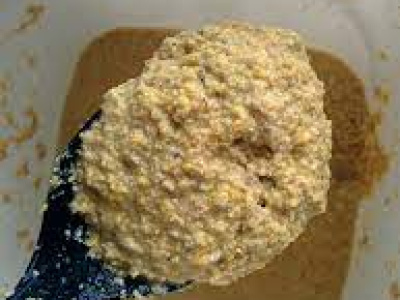
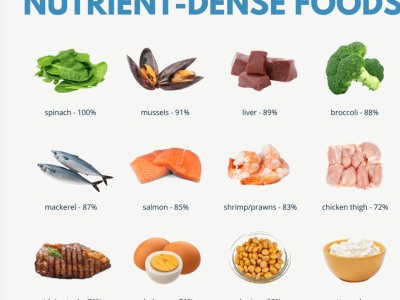
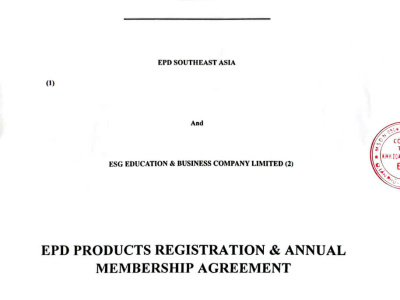
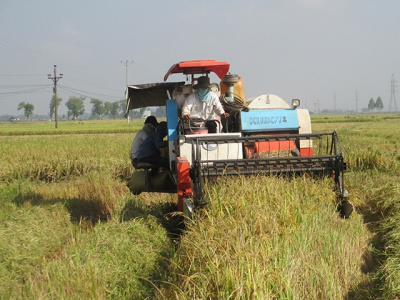
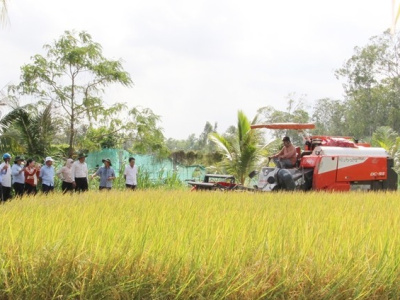
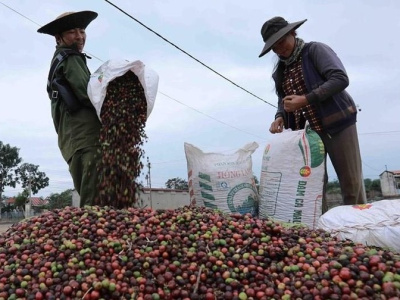
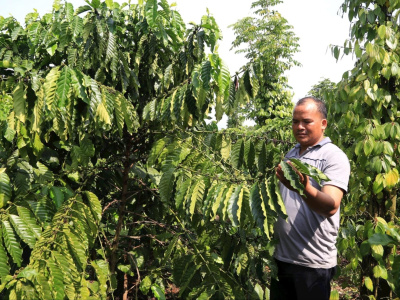
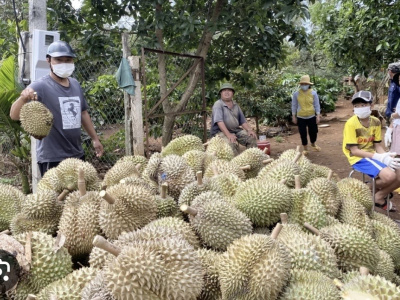
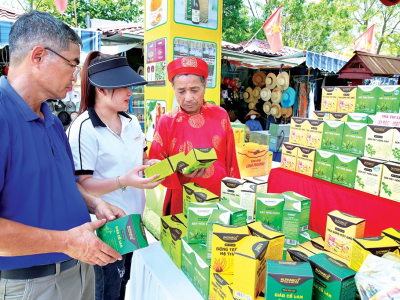
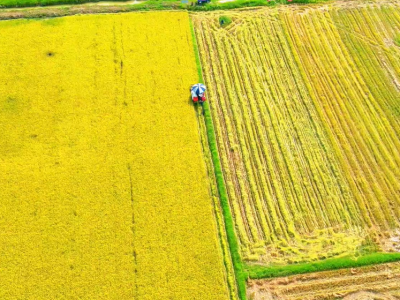
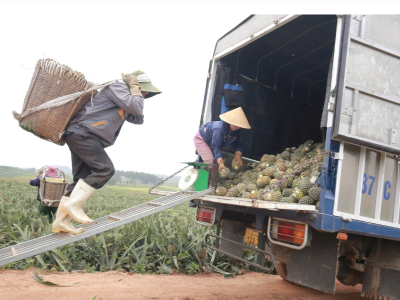
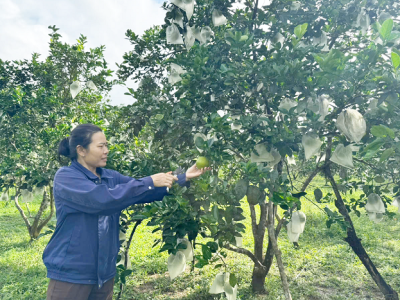
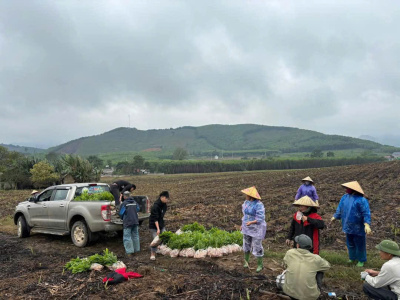
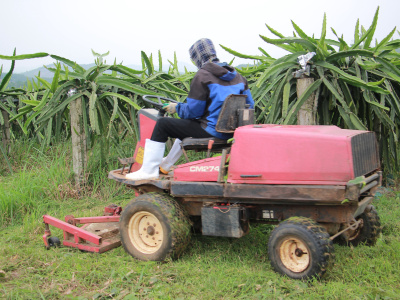
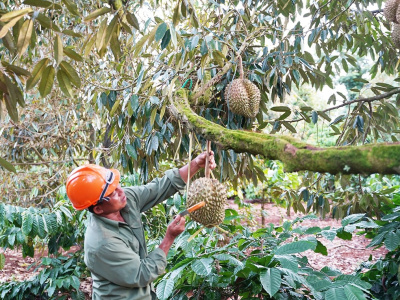
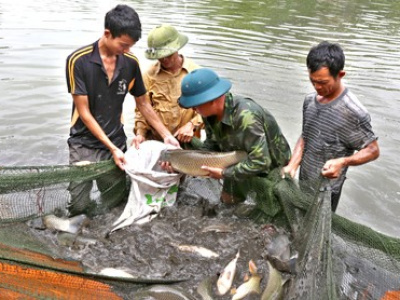
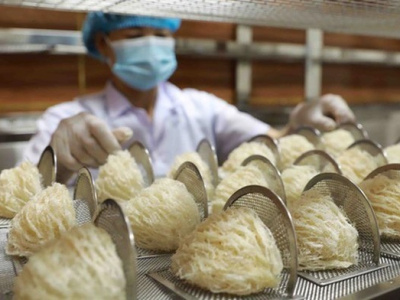
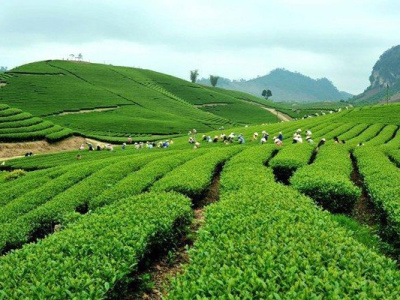
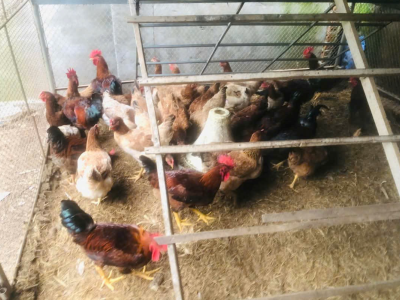
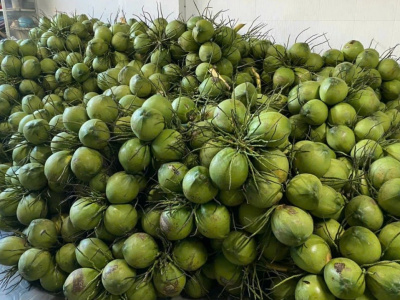
![NGUYỄN ĐÌNH QUYỀN [VN]](https://aseanfarmers.com/wp-content/uploads/NGUYEN-DINH-QUYEN-VN-400x300.png)
